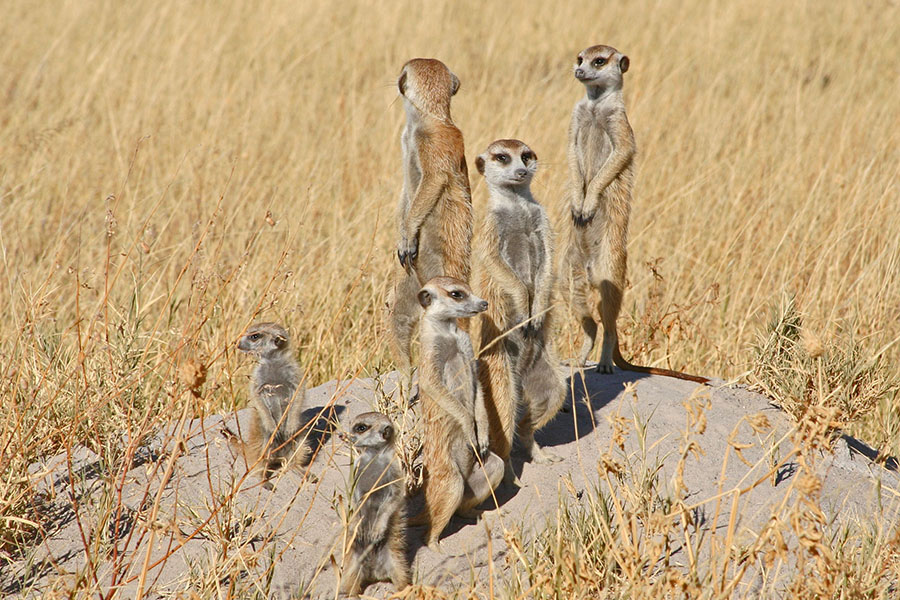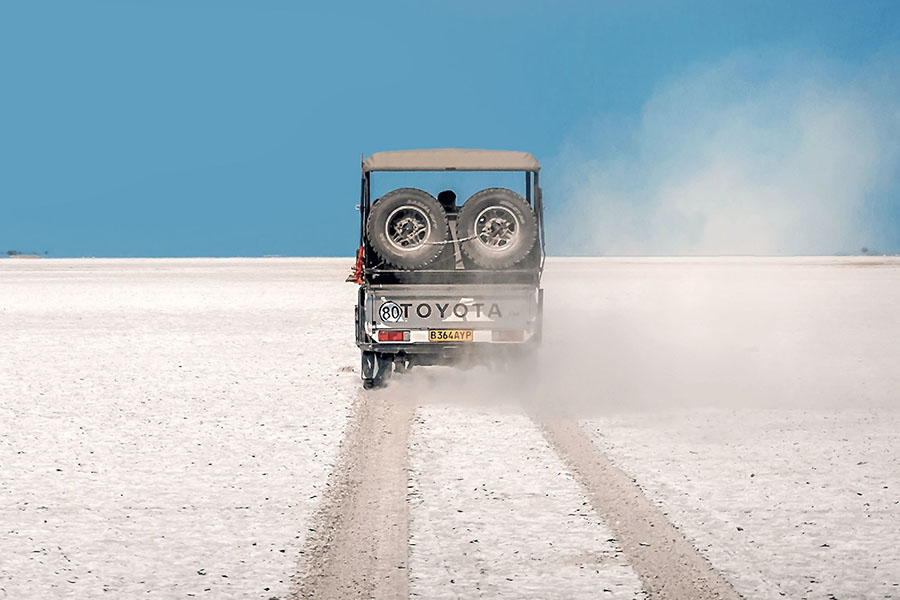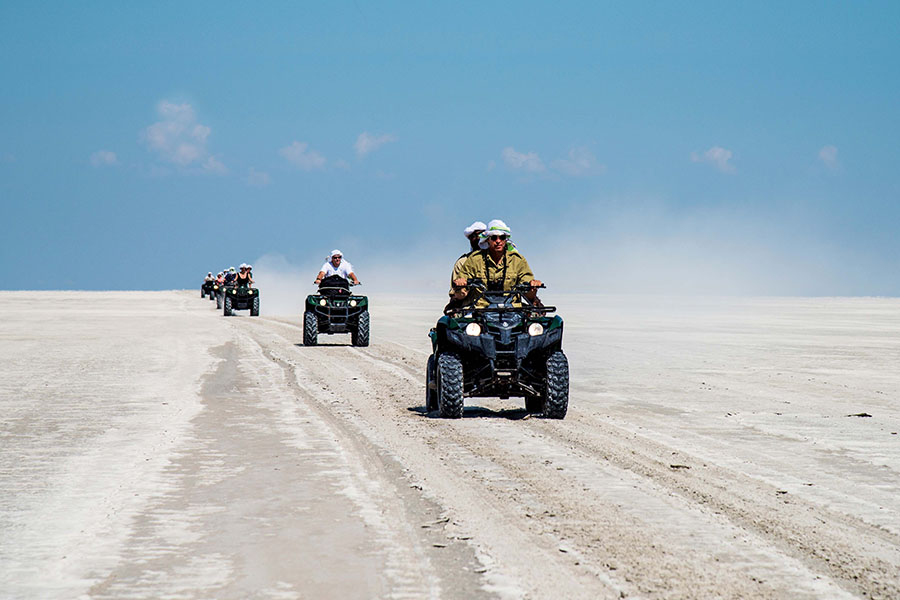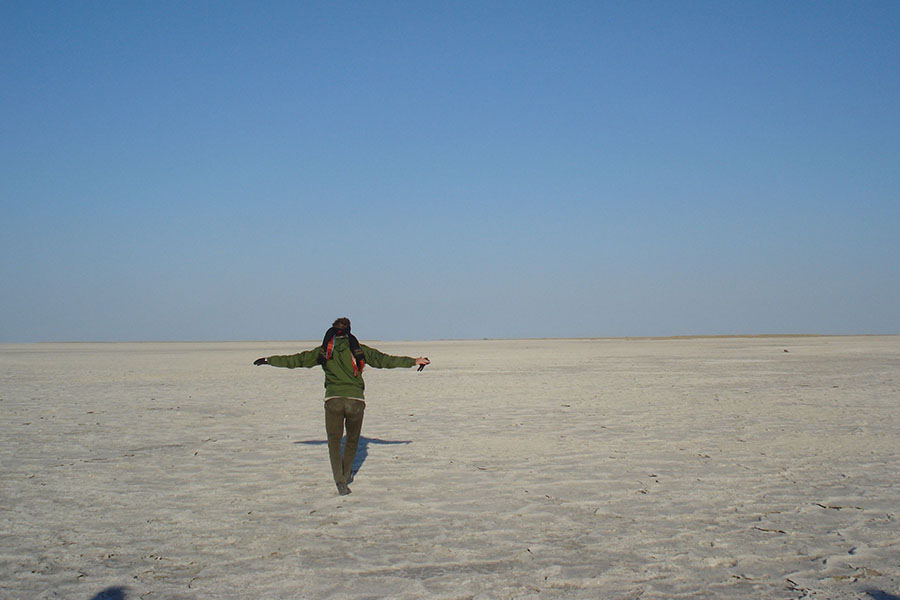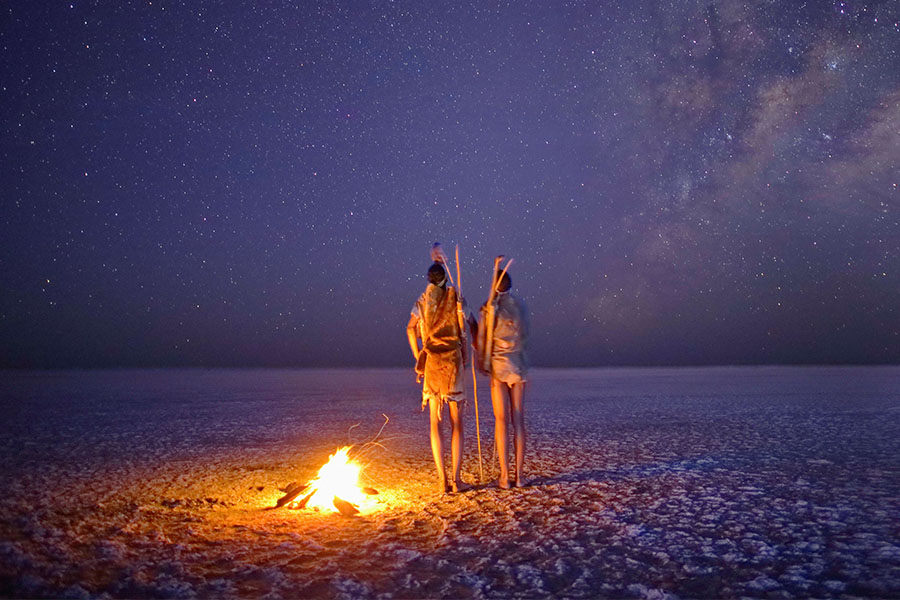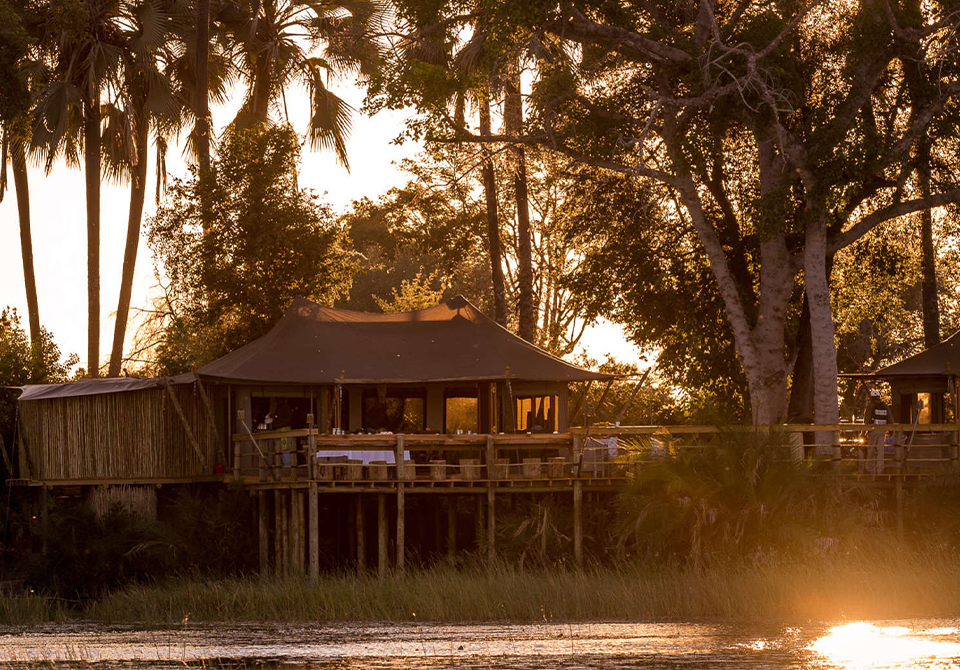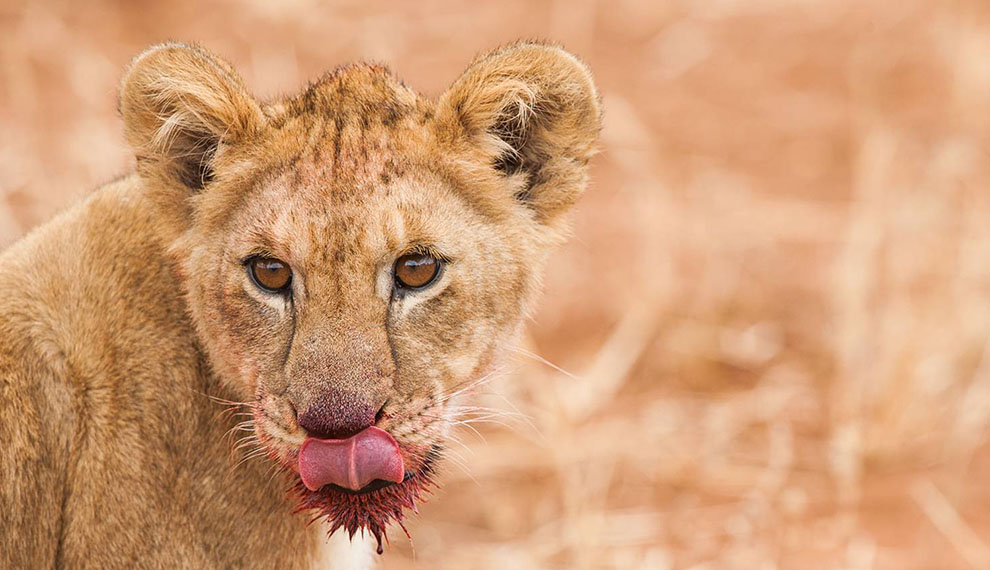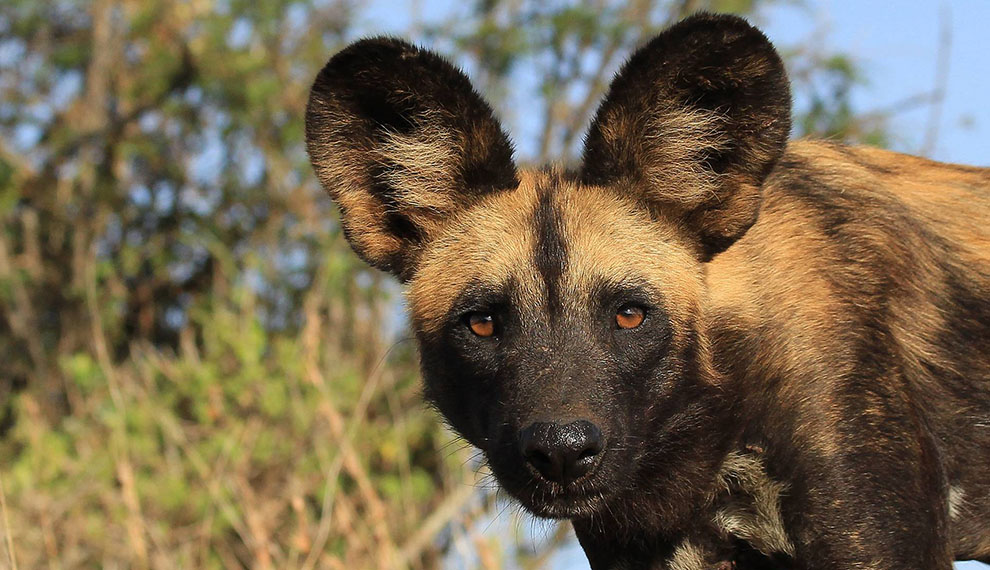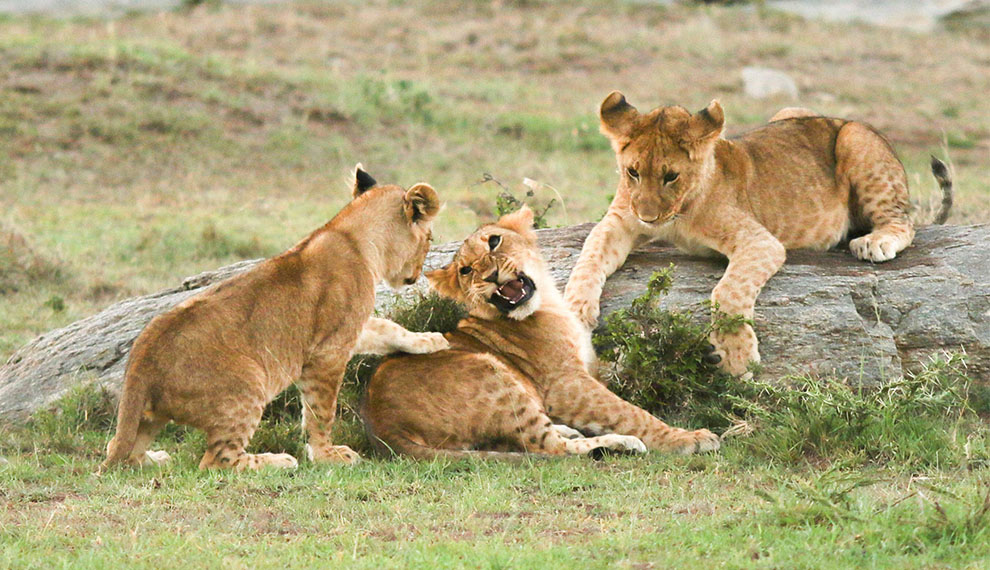Makgadikgadi &
Nxai Pans
The Makgadikgadi is a remote and elemental place, which demonstrates two very distinct and unique faces to its visitors.
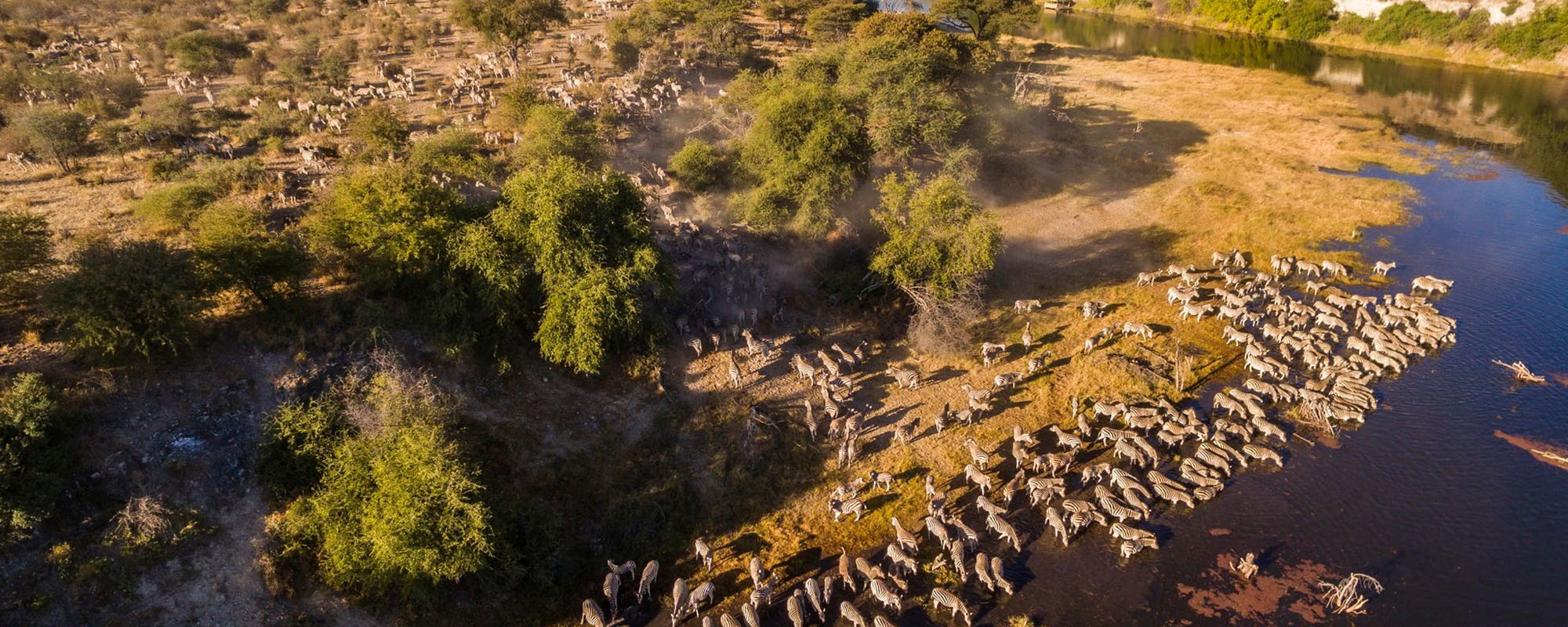
Makgadikgadi Pans Safaris
For much of the year, the 16,000km² of Makgadikgadi’s environment is harsh and dry — not somewhere you come to see large quantities of animals, rather to experience the intense silence and space on the salt pans and the desert-adapted species that manage to make a living in this most marginal of habitats.
However, in the rains, the pans turn a vibrant green and host one of the continents largest mammal migrations. To add to the surreal atmosphere of the place, stone-age hand tools, dating anywhere from 30,000 years to several hundred thousand years old, can be found on the surface of these salt pans. Many of these ancient tools are exquisitely-fashioned, and can be easily found as you stroll around the flats.
The Makgadikgadi pans themselves were formed after the Kalahari river dried up several thousand years ago, having originally been part of an enormous super-lake that covered most of northern and central Botswana. The lake was formed after a tectonic movement took place along the Kalahari-Zimbabwe faultline (east of Makgadikgadi), sealing off the outlet for the Boteti River.
Further tectonic activity along the Thamalakane fault caused the area to the north east, now best known as the Okavango Delta, to drop, which sealed off the inlet. From there, the die was cast, and the lake gradually dried out to leave the pans, which were originally the deepest part of the lake. In recent years, the Boteti River has begun to flow again, bringing with it a certain amount of game into the dry season.
+ Read More
- The zebra migraton
- Camping under the stars
- Brilliant green season experience
- The largest salt pan in the world
-
ATOL Protected
-
24/7 Guidance & Support
-
20+ Years of Experience
-
We take care of the leg work
-
We find you the best deal
Best time to go visitMakgadikgadi & Nxai Pans
Between June and October standing on the pans, the white surface stretches as far as the eye can see, creating mirages in the heat. When there’s no wind blowing, the silence fills your ears in a way that is extraordinary; quite literally a deafening silence.
The pan itself is only accessible during the dry season; from around July to mid-October, when the glaring white surface spreads so far that you can see the curvature of the earth. This is the kind of out-of-this-world feeling found in only a handful of places on Earth, and a truly extraordinary experience. It offers visitors a good time to hang out with meerkats or sleep out under the stars on Kubu Island.
Early in the season, the climate is also more moderate and temperate than you’d expect, and makes for extremely pleasant weather for exploration. As the dry season comes to an end, an astonishing transformation takes place in this extreme region of the Northern Kalahari. By March, thousands of square miles of stark white salt pan are transformed by the advent of the rains.
The area to the north of the pans can be visited all year round. January to March is the only time to witness the second largest migration in Africa, when the grassy plains team with zebra and wildebeest, accompanied by their attendant predators and scavengers. Although the rains make the park a little harder to explore on four wheels, simply finding accommodation nearest to what you wish to see can ensure you get the most from your visit to the Makgadikgadi salt pans.
Best time to go visitMakgadikgadi & Nxai Pans
Our Favourite Camps & Lodges
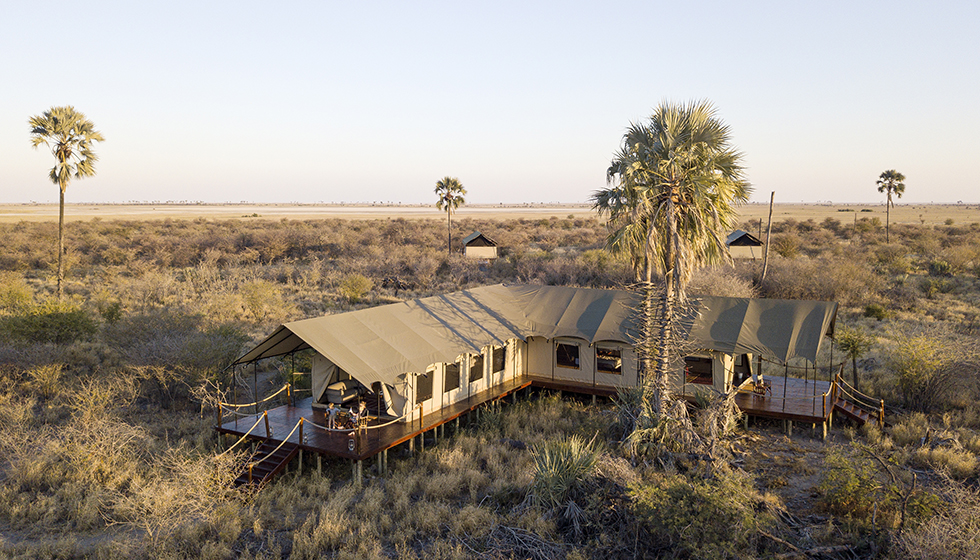
This camp is the laidback sister of Jack’s and San Camp with understated brilliance in the heart of the great Kalahari.
Learn More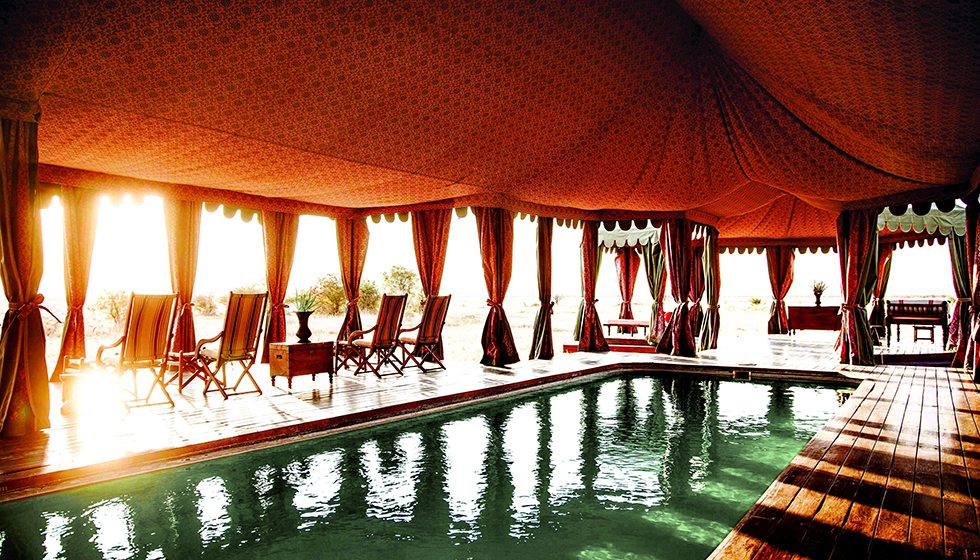
Jack’s Camp is one of the most iconic camps in Africa and offers one of the most unusual safari experiences in Africa.
Learn More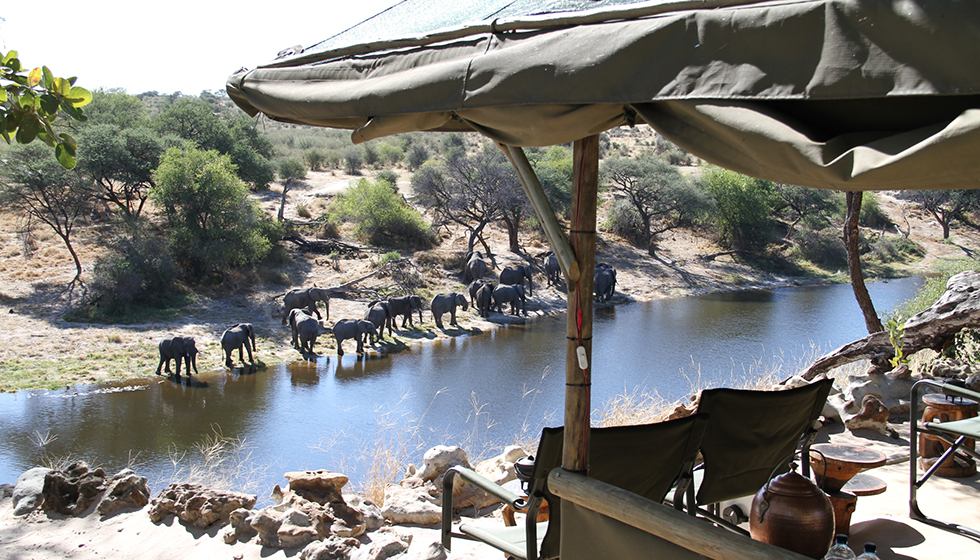
The safari never sleeps at Meno a Kwena, perched on the rocky clifftop the best game viewing is right in front of you.
Learn More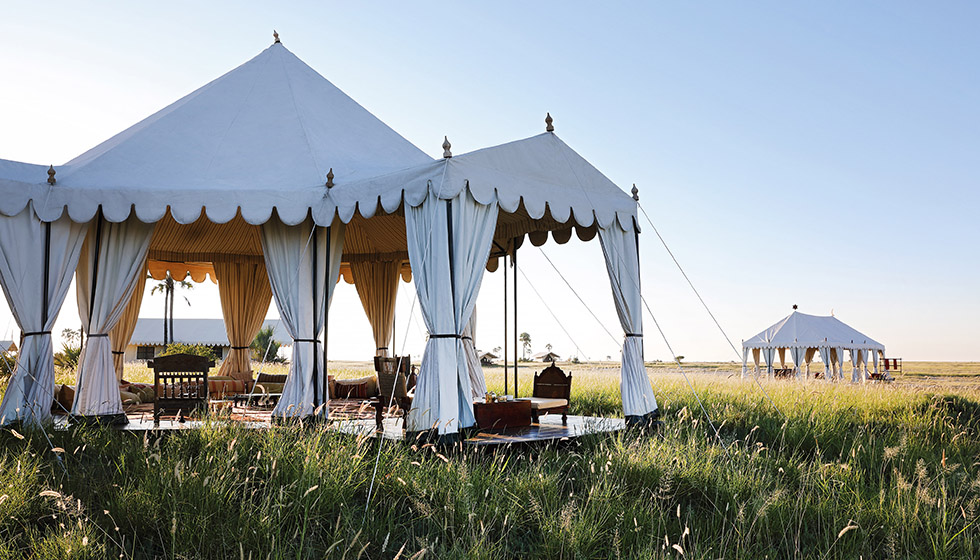
San Camp is not for everyone but those that go with an open mind and can appreciate that there is more to Africa than elephants and lions.
Learn MoreMakgadikgadi & Nxai Pans (FAQS) NEED TO KNOW
Will I see plenty of wildlife in the Makgadikgadi & Nxai Pans?
The range of wildlife you’ll be able to experience during your visit to the Makgadikgadi Salt Pans will depend on when you choose to go. The most spectacular of all is the great zebra migration, which occurs at the start of the year, when the creatures head towards the more verdant areas of the plains in search of water. However, you can also spot meerkats and other creatures more accustomed to the arid conditions all year round.
What is the best way to explore the Makgadikgadi & Nxai Pans?
To get the best overview of the landscape, and enjoy the sweeping panorama of Makgadikgadi and Nxai, there is no more magical method than a helicopter flight. This will highlight just how isolated the area is from the rest of civilization, and will give you an idea of the extent of the desolate beauty that is unique to the pans. However, getting from site to site within Makgadikgadi is easily done in a vehicle, though in the wet season, the level of rain can make the roads much harder to navigate.
What is the accommodation at the Makgadikgadi & Nxai Pans like?
With so much space available, there are a plethora of options for travellers looking for the perfect place to lay their head after a long day’s exploration. Jack’s Camp, San Camp and Camp Kalahari are all wonderful places to stay in their own right, all situated right in the heart of the pans and all offering a level of luxury unique to Botswana. However, your decision should ultimately be informed by the kind of experience you hope to get from your trip. Get in touch with us now to discuss which accommodation at the Makgadikgadi Pans will be right for you.
From our Travel Guides
Meet Our Travel Experts
It takes genuine local knowledge to craft trips that go beyond the ordinary. The Natural High team have unrivalled experience and will take your ideas and turn them into your trip of a lifetime.
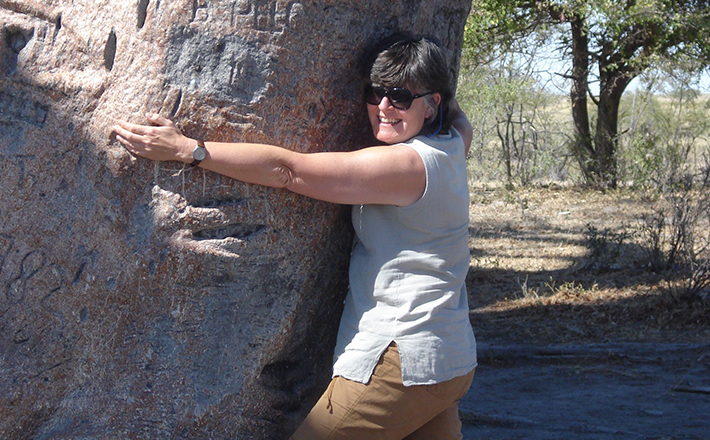
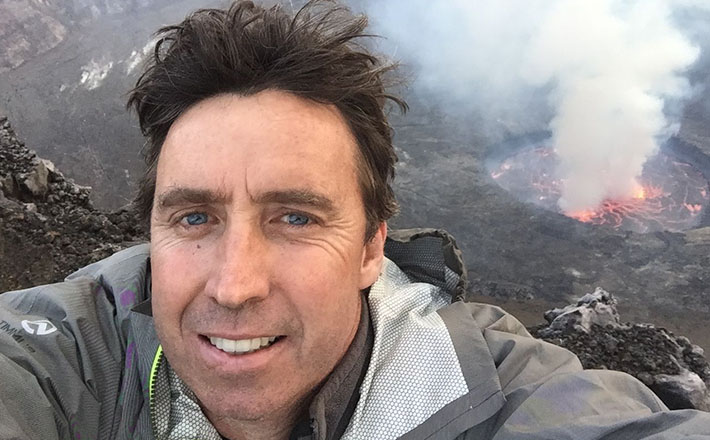
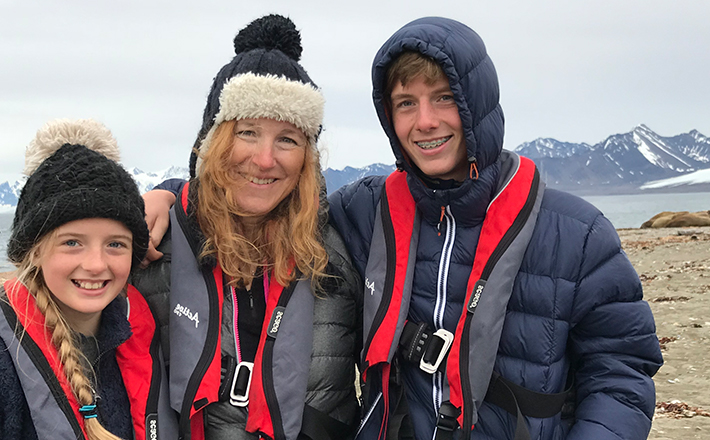
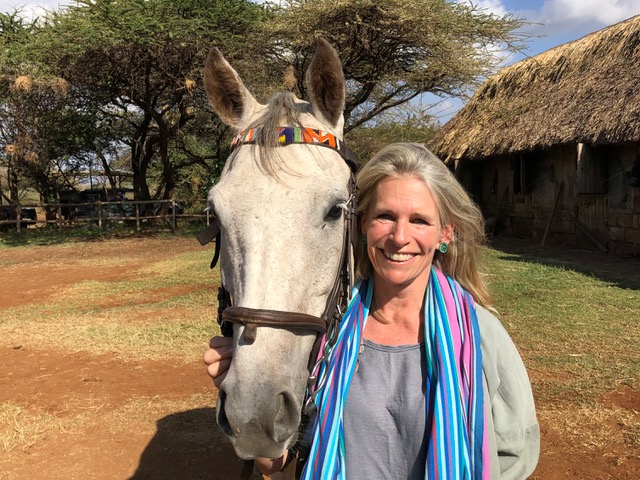
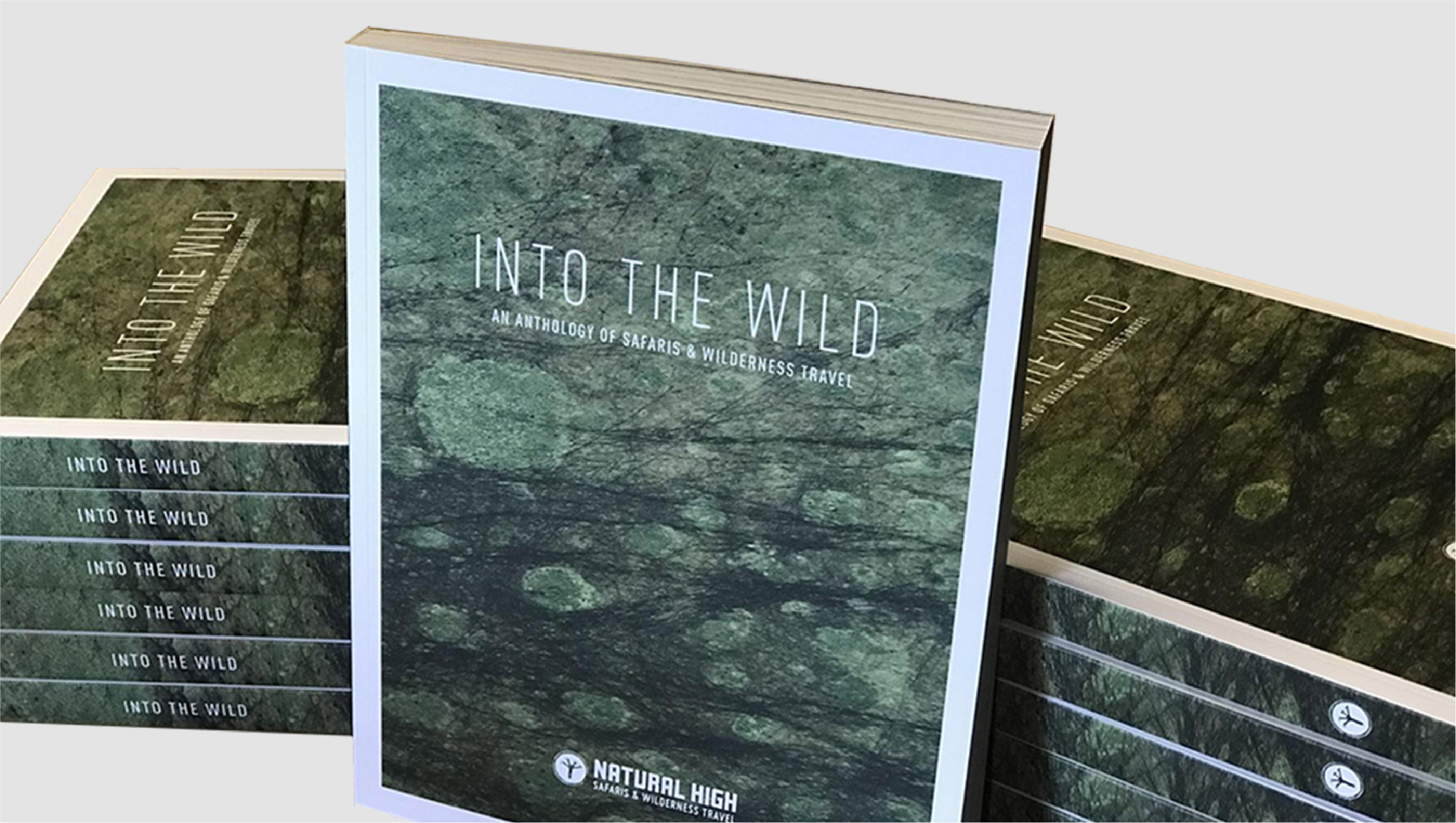
Into The Wild Brochure
Need some more inspiration? Request a copy of Into The Wild, our comprehensive anthology of safaris and wilderness travel.



